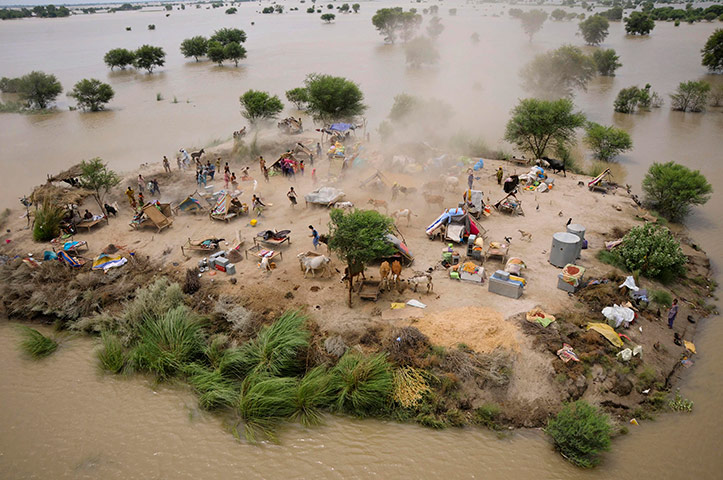
Nine bodies, which include the corpses of five minor girls, have been lying unclaimed in the morgues of Thane Civil Hospital and Chhattrapati Shivaji Maharaj Hospital (CSM) since they were brought out of the debris of the building collapse in Mumbra.
The identity of the victims is still to be revealed, as nobody has identified them as their relatives. However, Relatives, who are hunting for their kin, have said seven people are still missing. One such relative is Aamir Shaikh, who has been searching for his 64-year-old father.
Shaikh lost eight of his family members when the building collapsed. “I managed to find the bodies of my wife, seven-month-old son, nephews, niece and my mother-in-law, but my father has not been traced,” he said.
Shaikh owned a flat and a shop in the ill-fated building. “I was in my shop on the ground floor when my niece pointed a crack on the wall. I realised something was wrong and pushed my niece and a customer out, but was trapped under the debris. I was rescued and brought out after nine hours. During this period, I called my brother several times. He then informed the fire brigade that I was alive and they came looking for me. When I was pulled out, Irealised I had lost nine members of my family,” he said.
Like Shaikh, many others are still looking for their family members - some of which could be lying at the hospitals. Hospital sources say that the unclaimed bodies could be of those who may have lost all their family members.
The sources add that the bodies are beyond any recognition, making them difficult to identify.
There are six unclaimed bodies at Thane Civil Hospital and three at CSM Hospital in Kalwa. The corpses of two men, two women and two girls have been lying at Thane, while three girls lie unidentified at the Kalwa Hospital. Several people have come to identify these bodies, but none of them have been claimed.
Aunt from Karnataka to adopt ‘miracle’ baby
The eight-month-old, who lost her parents and had no one who could recognise her, in the Mumbra building collapse, will be adopted by her aunt, who lives in Karnataka.
Sources at CSM Hospital Kalwa said a social activist, who came to know that parents were looking to adopt the baby, met officials on Monday. He said the baby’s name is Zoya and her aunt, who lived in Karnataka, would be arriving in the city soon to take her back.
The official has asked the hospital sources not to hand over the baby to any children’s institutions or social activists, as she had a family where she could go.
Zoya was rescued from debris around five hours after the collapse, but she was safe while her mother in whose lap she was found had died. She was termed the ‘miracle baby’ by the media.
Tuesday 8 April 2013
http://www.mumbaimirror.com/article/2/2013040920130409085230765cc0b13e7/Survivor-who-lost-8-members-of-his-family-still-hunting-for-father.html





